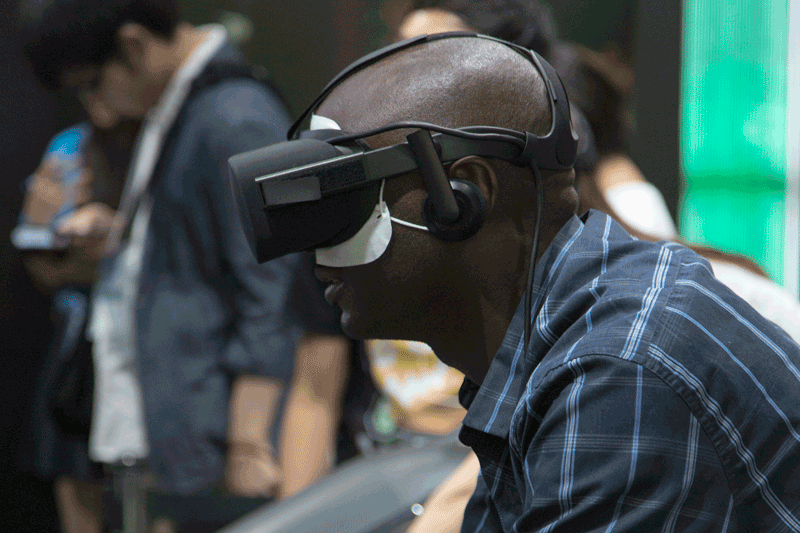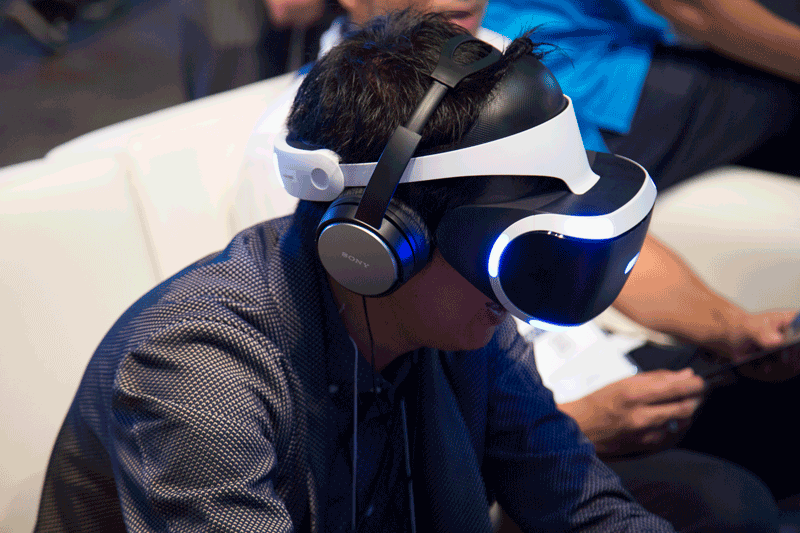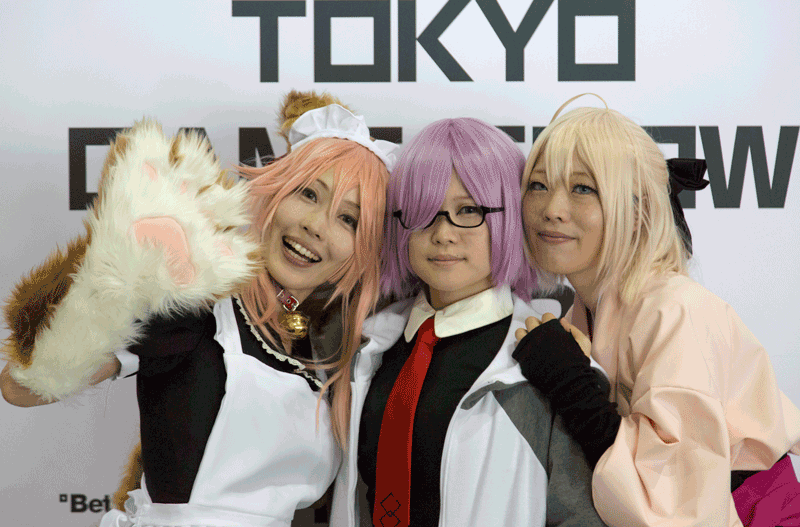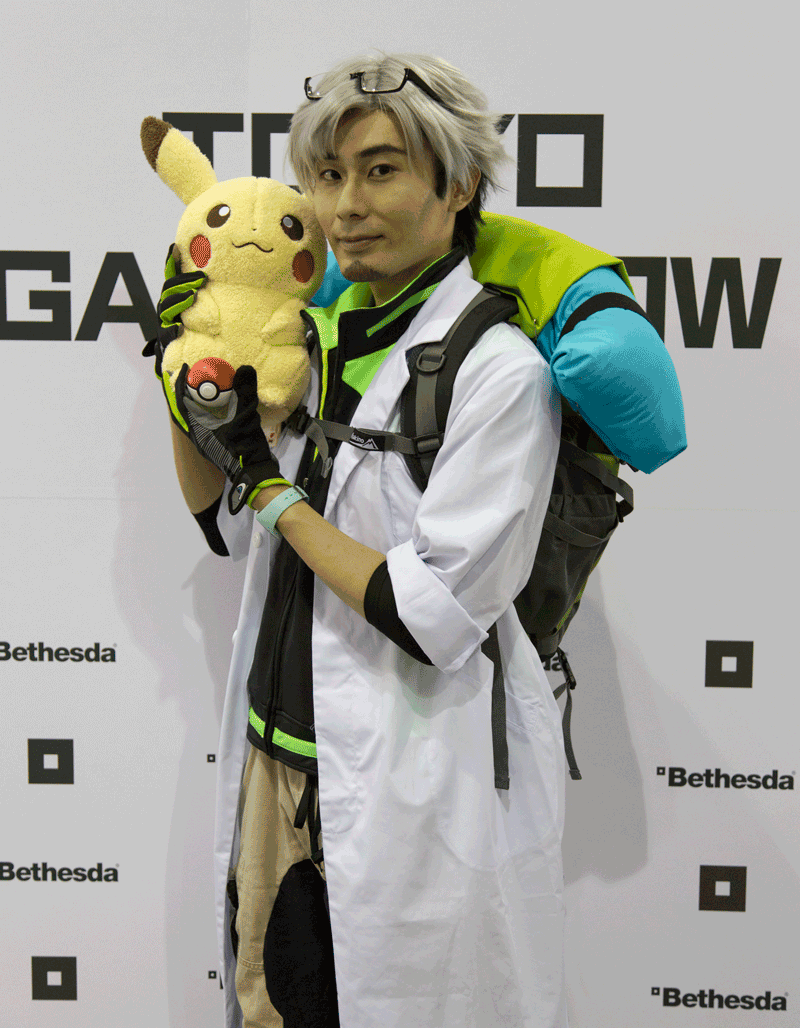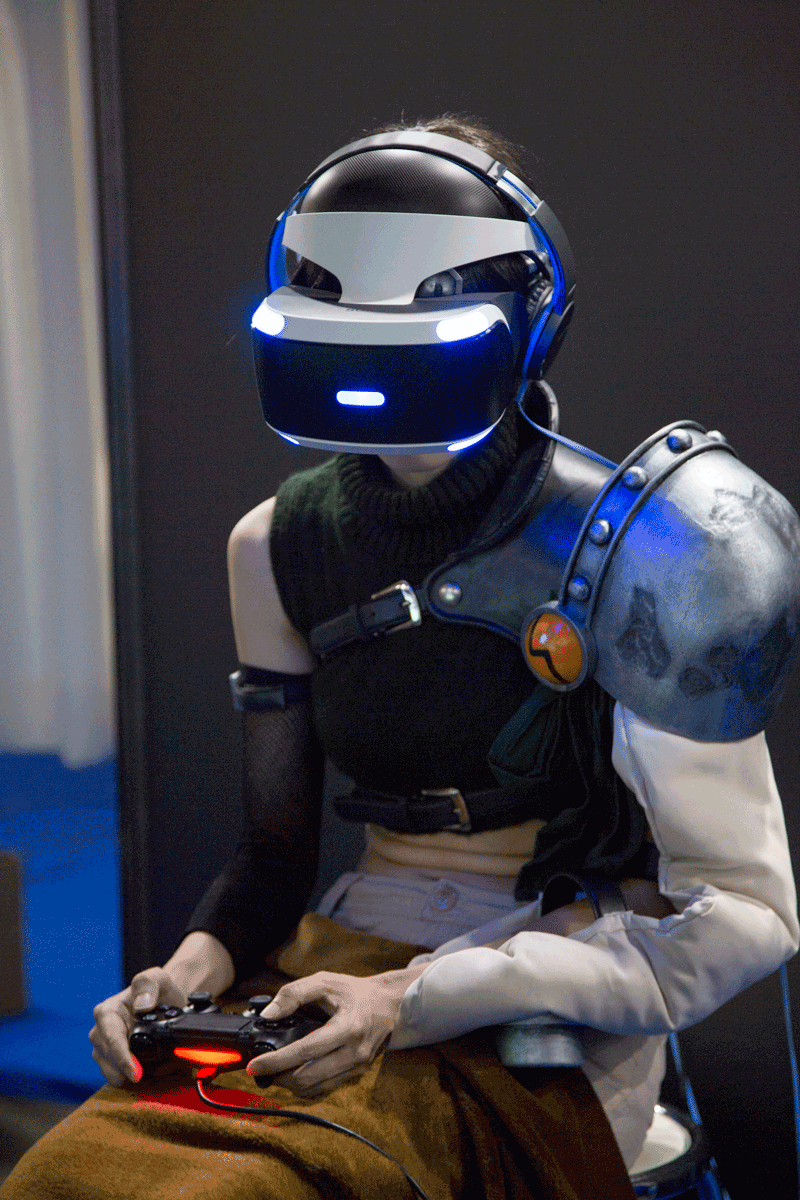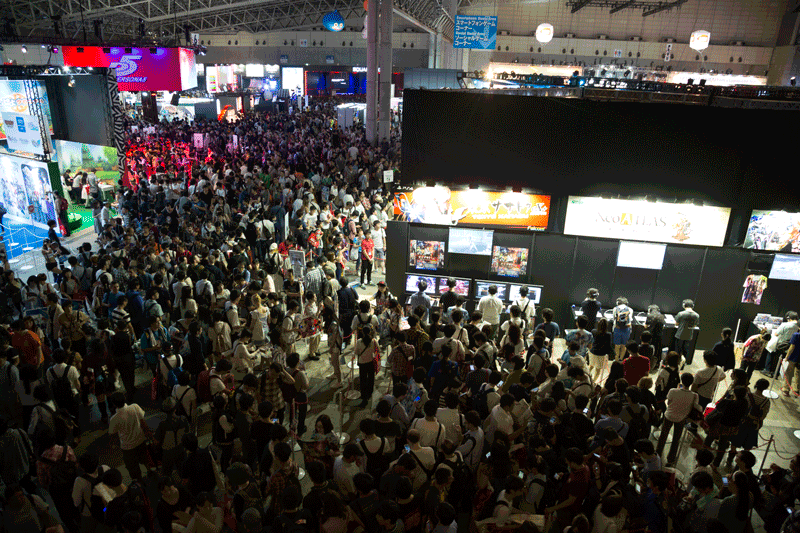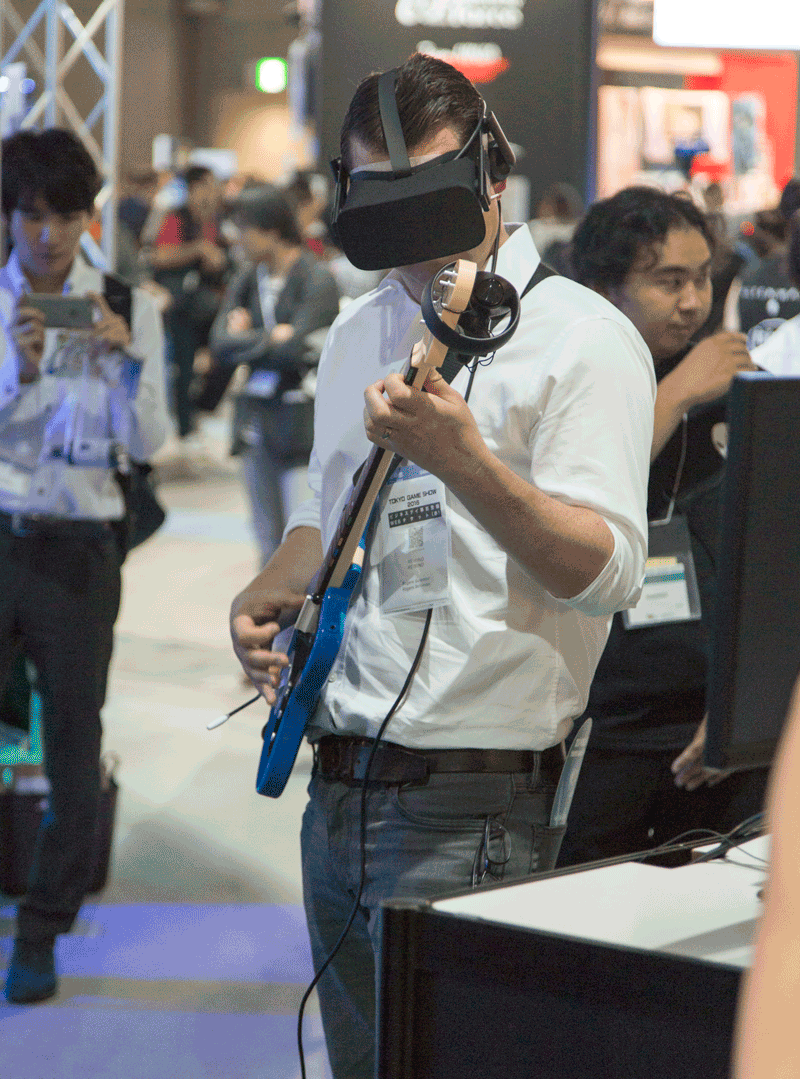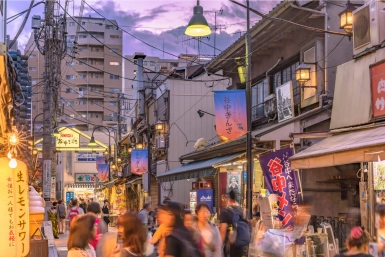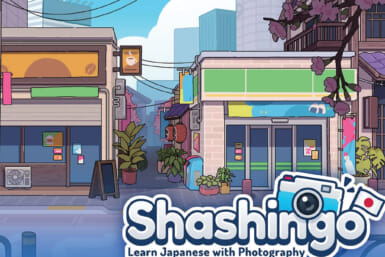With more than a quarter of a million visitors over four days, Tokyo Game Show is one of the biggest gaming events in the world. Makuhari Messe plays host to booths from the biggest and smallest game studios, giving you the chance to try out a variety of new games.
Headlining this year was Playstation VR. If you are interested in PSVR you should know that as with all new technology, the investment is steep. To use PSVR you need a Playstation 4 or Playstation 4 Pro, a Playstation camera and a couple of Playstation Move controllers to go along with the headset. The technology that has been promised for decades in sci-fi books and movies can finally be yours – if you can afford it.
Using it is completely natural and everything works as you would expect it to. The triggers on the move controllers are used for shooting or picking up objects depending on what you are playing although some games eschew the hand controls in favor of using the standard controller instead. There were a variety of titles in the booth, with racing games and shooters featuring prominently. This is not like the old Wii remote that only worked well half the time; PSVR works well and intuitively from the moment you put it on.
This event may be called the Tokyo Game Show, but fans of anime, manga and cosplay will find plenty to enjoy here too. Almost every booth has professional cosplay and the strong amateur community ensures there is something interesting to see no matter where you end up. If you are friendly and approach with a smile most people will let you take pictures with them, although it helps to know a little Japanese to break the ice.
The best part is that anyone can join in, giving the floor a fun and friendly atmosphere more akin to a convention than a big corporate show. There are even a few stands selling accessories, although they might be somewhat quirky for Western tastes.
With so many huge new releases to try and amazing costumes to see, it might seem counterintuitive to suggest spending time in the less eye-catching independent games section, but if your objective is to try out as many games as possible this is the place to go.
Many of the smaller developers accompany their games to shows like this, which gives you an opportunity to interact with the people that do all the hard work. Not only is this a great way to find out how games are made, you also get to try lots of different games across many different genres without queuing for hours at a time. Many of these developers are currently using VR, so you can get your feet wet with the new technology without waiting in long lines. This was my favorite area by far, and one I found myself coming back to time and time again.
TGS represents the local dedication to mobile platforms with many of the larger booths giving visitors plenty of opportunities to tap and swipe to their hearts content. Whereas the multinational studios always have English language displays, domestic companies often do not, so if you are an avid mobile gamer and planning to attend next year be sure to bring a phrasebook.
Tokyo Game Show is a massive occasion with lots of things to see and do. Along with the main attractions there are smaller areas for children and a main stage showing e-sports competitions, for those who prefer watching the professionals. There are even concerts for popular game music and after-hours events like the cosplayer parade, showcasing the best costumes from the show floor.
If you are even slightly interested in games, technology or cosplay this is a spectacle not to be missed.
Photos by Sam De Roeck
Updated On December 8, 2017

